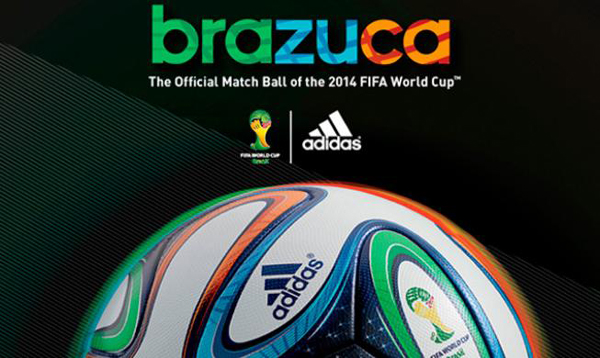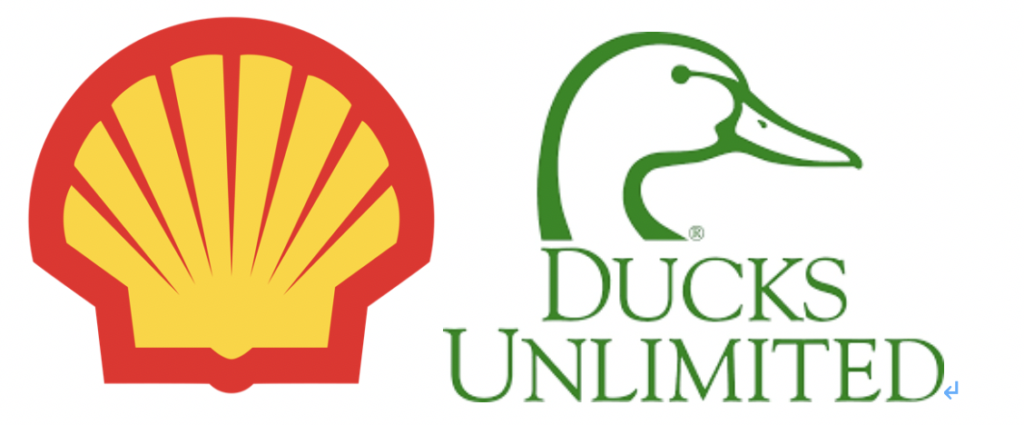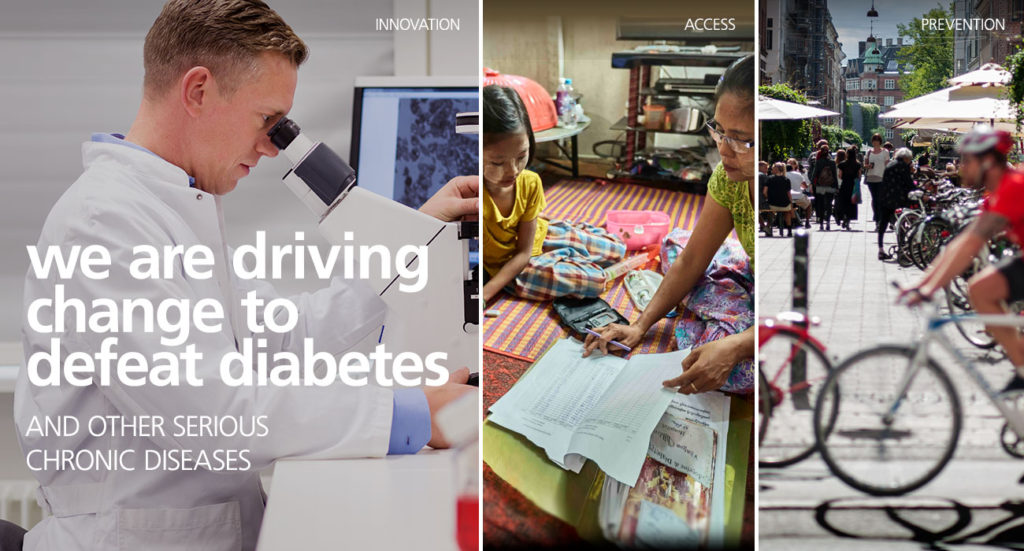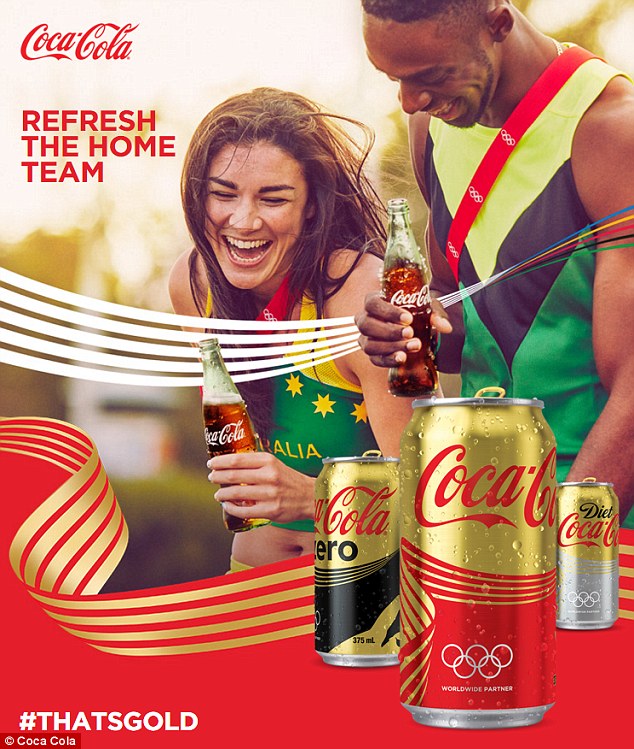Sponsorship, as a communication instrument, has been widely used across industries in various marketing communication platforms for decades. Sponsorship can be classified into mainly three categories according to the internal and external relevancy. A self-evident sponsorship, like Adidas & World Cup, is most likely to be considered as authentic for the sponsor’s product category is applicable to the sports event, thus produces a compelling connection.

A seemingly self-evident sponsorship with external relevancy, like Shell Oil Company and the Ducks Unlimited wetlands conservation group, is more likely to receive controversial result. Though this sponsorship might seem as a good will towards environment and support sustainability. But as consumers have become highly suspicious of the commercialization of sponsorship, they might consider the company merely trying to convey an environmental-friendly image. Thus, high external similarity in sponsorship might lead to adverse evaluations.

A seemingly farfetched sponsorship, like Danish pharmaceutical company Novo Nordisk and cycling team, might considered to be an odd fit at first glance. In fact, the product the company produces, insulin therapies, cures the Type 1 diabetes and the cycling team the company sponsored are consisted with Type 1 diabetes riders.

The communication channels and platforms are pervaded by impression-based sponsorships, like logo placement in Billboards, that generates fleeting impression. As consumers are becoming weary of the ubiquity of sponsorship and highly suspicious of the motivation of sponsorship. However, according to IEG’s report, sponsorship remains a market with highly undeveloped potential, $65.8 billion was spent on sponsorship globally in 2018. Thus, every sponsorship-linked marketer should answer the question, how to go beyond displaying the brand name and create an enduring impression?
Creating Authentic Sponsorship starts from answering the question “why is the brand here ?” Coca-Cola and McDonald both sponsored the Olympic games for years. Coca-Cola, as a canned soda producer, branded itself as a drink that removes the cultural and even geographical barrier that can be shared by friends and even competitors. In compared, McDonald hasn’t gone beyond the logo displacement. Thus, if the sponsorship seems faraway and has little similarities in product category, telling a story might create the association that last longer that simply advertising.

Engaging the Consumers forges an emotional bond that makes the sponsorship an experience instead of a fast fading impression. Levi’s Stadium, home of the San Francisco 49ers, has a Levi’s branded “501 Club” party room that hosts marketing events that create interactions with fans. When signing a title sponsorship, especially for events like, the brand should go beyond traditional impression-based name displacement and create a space for meeting and engagement, either a pop-up store or a refreshment station. By creating additional links between the company, the event and the consumers, the engagement leads to the articulation of the sponsorship that leaves a stronger impression on the memory.

Changing the Sponsorship-as-Advertising Mentality starts with revising the ROI that doesn’t measure the consumer experience of sponsorship. In other words, the company should be aware of what kind of value and experience it tries to communicate at the very beginning of the sponsorship. This value is a combination or the characteristics of the sponsor and the characteristics of the sponsee that communicates through a genuine story and experience.
Reference
Cornwell, T. Bettina. Less “Sponsorship As Advertising” and More Sponsorship-Linked Marketing As Authentic Engagement. Journal of Advertising. 2019;48(1):49-60.
Pappu, Ravi, Cornwell, T. Corporate sponsorship as an image platform: understanding the roles of relationship fit and sponsor–sponsee similarity. Journal of the Academy of Marketing Science. 2014;42(5):490-510.
Tellegen, Cassandra L. Sponsorship-linked marketing: the role of articulation in memory. The journal of consumer research. 33(3):312-321.
